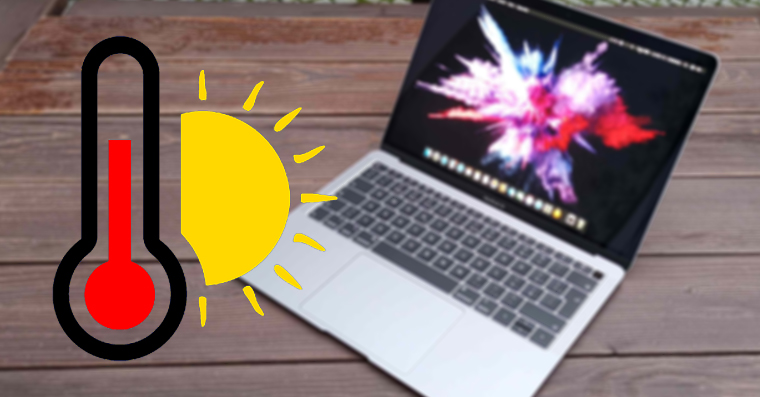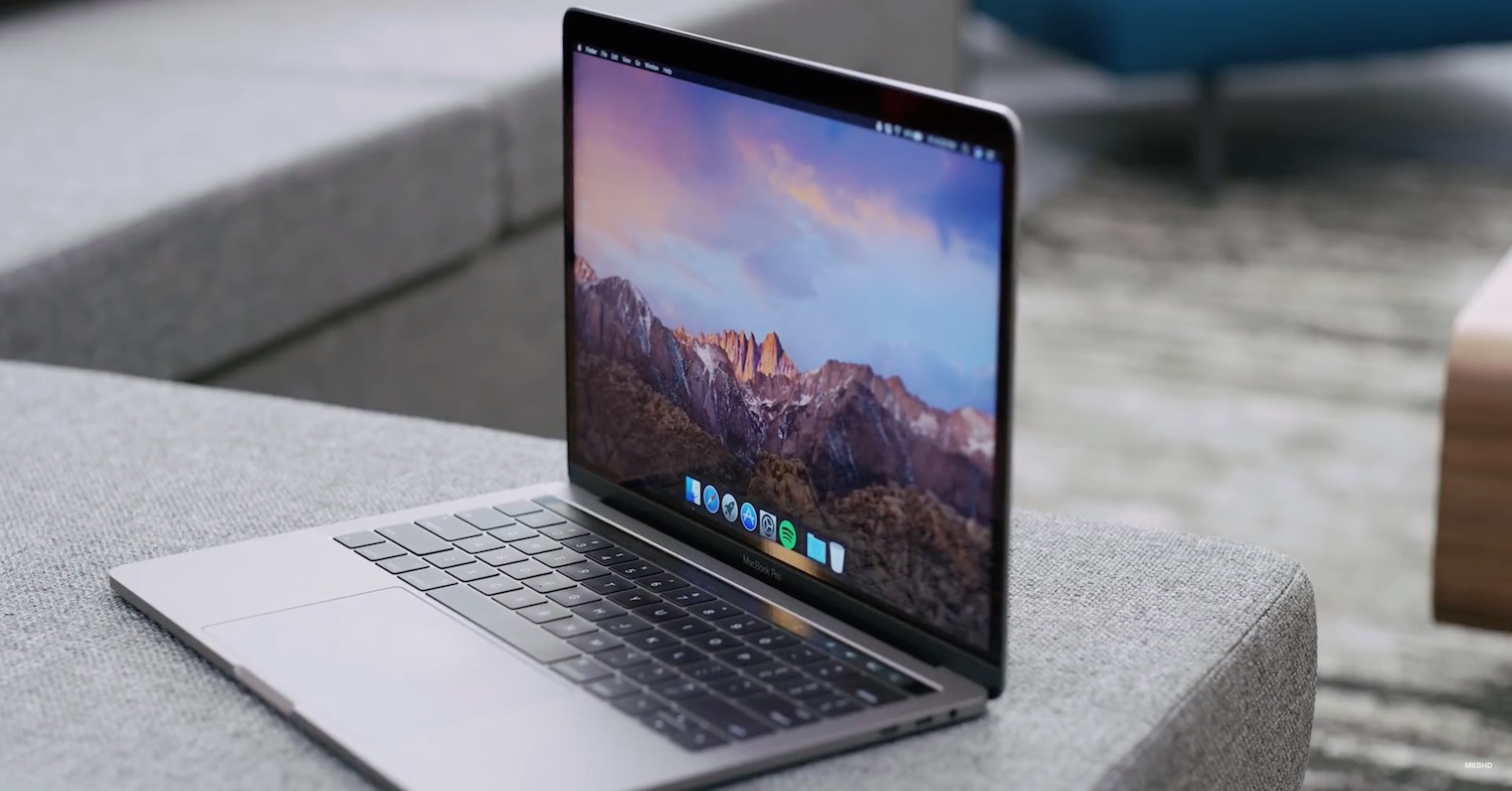Apple updated the MacBook Pro line this week. Mainly the basic models received new processors. Promotional materials boast up to twice the performance. But how did the benchmarks turn out?
It is true that the increase in performance is considerable. After all, the new computers are equipped with the eighth generation of quad-core processors, which have power to spare. However, the small catch is in the clock of the processor, which stopped at the limit of 1,4 GHz.
It could be interest you

After all, this was reflected in the test of one core. The results of the Geekbench 4 test indicate a less than 7% increase in the performance of one core. On the other hand, in the multi-core test, the results improved by a respectable 83%.
In terms of points, the updated MacBook Pro scored 4 points in the single-core test and 639 points in the multi-core test. The older satellite then scored 16 points in the single-core test and only 665 points in the multi-core test.
Processors from Intel made to measure for MacBook Pro
Both processors fall into the category of underclocked ULV (Ultra Low Voltage) processors with low consumption. The new processor has the designation Core i5-8257U, which is a variant tailored to Apple and its power consumption is 15 W. The MacBook Pro can also be configured at the time of purchase with a Core i7-8557U, which is a more powerful variant, again modified for the needs of MacBooks.
Apple states that the Core i5 Turbo Boost up to 3,9 GHz and the Core i7 Turbo Boost up to 4,5 GHz. It is necessary to add that these limits are rather theoretical, as they depend on several factors, including the internal temperature. The promotional materials also ignore the fact that Turbo Boost never runs on all four cores due to a technical limitation.

The benchmarks thus refute Apple's claim that the new entry-level MacBook Pro 13" is up to twice as powerful as its predecessors. Even so, the 83% increase over multiple cores is very good. It's just a shame that we're comparing the current model to the previous generation, which was last updated in 2017.
It could be interest you

As always, we would like to conclude by pointing out that the results of synthetic tests may not always correspond to the performance in real work deployment and serve more for orientation.
Source: MacRumors
